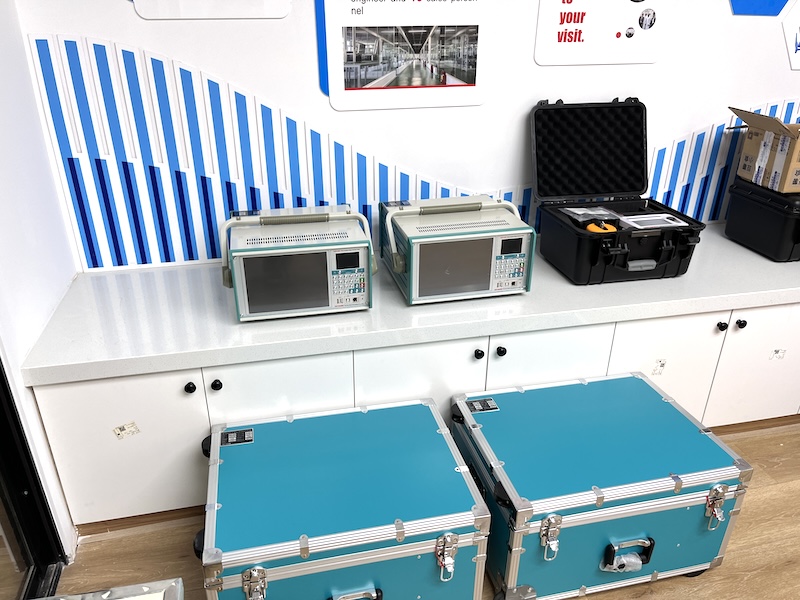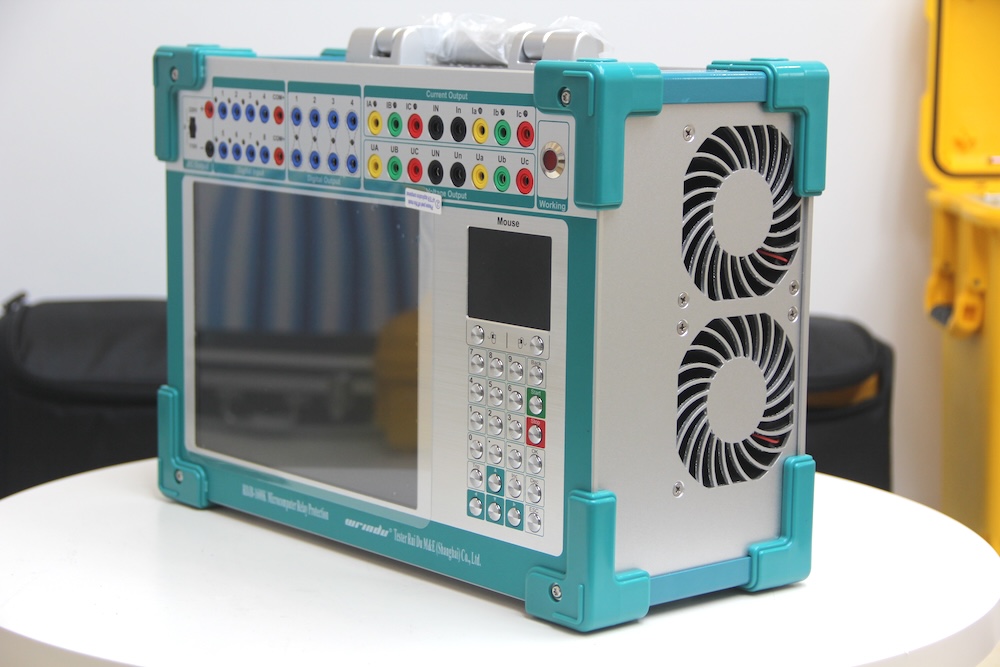Some Methods Of Abnormality Handling In Microcomputer Relay Protection Devices
Relay maintenance equipment is required to respond to faults and abnormal operating conditions of electrical equipment, automatically, quickly and selectively act on circuit breakers, remove faulty equipment from the system, ensure that fault-free equipment continues to operate normally, and control the scale of accidents to a minimum, improve the reliability of system operation, and maximize the safe connection of power supply to users.
The role of relay maintenance equipment is to act as an automation device to prevent external events. It is necessary to correctly distinguish between "normal" and "abnormal" operating conditions, as well as "external faults" and "internal faults" of the maintained components in order to complete the relay. Electrical maintenance function. Therefore, detect and identify the changes in various physical quantities reflected by the maintenance components under various conditions.
Common faults in relay maintenance and automation equipment operation are as follows:
Relay maintenance equipment abnormality. Relay maintenance malfunctions. When the power system is operating normally, the relay maintenance action causes the circuit breaker to trip, or when the power system is abnormal, the main relay maintenance at this level does not work, and the backup (including near backup and far backup) relay maintenance action circuit breaker tripping is collectively referred to as relay maintenance failure.
The causes of relay maintenance failures are as follows:
1) The DC system is grounded at multiple points, causing the outlet center relay or tripping coil to excite;
2) The maintenance constant value changes during operation, resulting in maintenance being unselectable.
3) Maintenance wiring errors or reverse polarity.
4) Incorrect maintenance setting calculation or debugging, such as too small setting value, excessive increase in user load; one circuit of the dual-circuit power supply line is out of power, and the other circuit is operated and maintained without changing the setting value as required, etc., and trips.
5) Improper safety measures for maintenance circuits. If the terminal blocks and jumper connectors that should be removed are not disconnected, the circuit breaker may trip due to accidental touch, contact or wiring.
6) The secondary side of the voltage transformer is open circuit, such as the voltage transformer fuse is blown, some circuit breakers are unreliable for maintenance or faults. In this case, the "voltage circuit is disconnected" signal and the voltmeter indication will appear. Incorrect.
Relay maintenance refuses to operate. When a fault occurs in the power system, the relay maintenance at this level does not operate, and the upper-level backup relay maintenance operates to cut off the fault, causing a large-scale power outage. This situation is called a relay maintenance fault at this level. The reasons why the relay refuses maintenance are as follows:
1) The relay is faulty;
2) The maintenance circuit is blocked, such as the current circuit is open, the maintenance connector, the circuit breaker auxiliary contact, the relay electric shock, etc., the circuit is disconnected.
3) The current transformer ratio is improperly selected. When a problem occurs, the current transformer is severely saturated and cannot accurately reflect the change of the fault current.
4) There are errors in the calculation and debugging of the maintenance setting value, and the relay maintenance cannot be started when a fault occurs.
5) The DC system is grounded at multiple points, resulting in a short circuit in the outgoing center relay or trip coil.
Unveil the RDJB-1600K Microcomputer Relay Protection Tester – a beacon of advanced technology and streamlined efficiency in electrical testing. Engineered from extensive user insights and a critical examination of industry standards, this device merges cutting-edge microelectronics with compact design. Embrace the precision of a full-sized tester in the palm of your hand with the RDJB-1600K.
For product details and specifications, please click RDJB-1600K.
Click to contact us for the latest quote.
Compact yet precise, the RDJB-1600K delivers the robust performance and sophisticated features of larger units with the agility and user-friendliness of a smaller device. Its unwavering reliability guarantees consistent, accurate results with every use.
The RDJB-1600K stands out for its exceptional performance-to-cost ratio, a must-have tool for relay protection specialists. Why compromise when you can harness the pinnacle of testing technology? The RDJB-1600K Microcomputer Relay Protection Tester is your key to enhancing your work process with precision, dependability, and simplicity.






